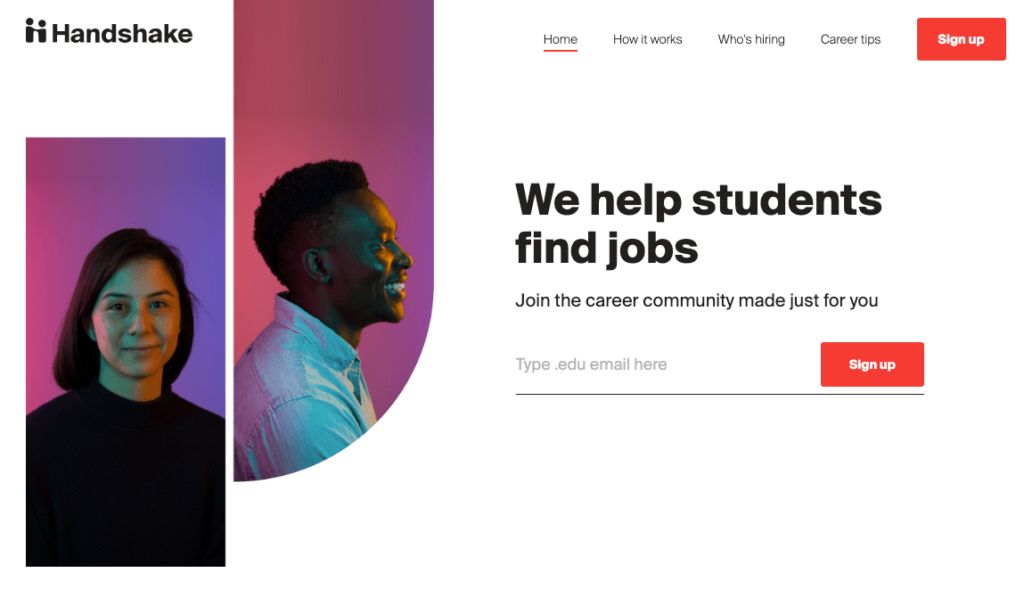These 8 strategies for increasing student engagement have proven successful for professors all around the country.
If you’ve found yourself having a difficult time connecting with your students, you’re not the only one.
In fact, you’ve probably had similar feelings to Tom Armbrecht, PhD: “Keeping adult learners interested can be especially challenging because they are likely to be busier — and more demanding — than their younger counterparts.”
Students are learning differently. Constantly available information is begging for their attention 24/7, meaning you’ve got heavy competition.
Use these strategies to reclaim your course and your students’ attention.
8 Student Engagement Strategies
1. Use Visual and Audio Cues
Kinda Wilson, a professor at Oklahoma State University, uses visual and audio cues to hold the attention of her students. For example, she uses countdown timers when assigning a timed activity during class. When the time is up or when she wants students to redirect their attention toward her, she plays a specific tune.
Wilson also displays upcoming assignments, projects, and events before classes begin, so students are able to take note of expectations.
2. Plan, Plan, Plan
According to Armbrecht, “The strategy for keeping students involved during long class periods is essentially the same for creating engaging activities: make students aware of what they are doing and let them know why they are doing it.”
Students are unlikely to engage if they aren’t even following the direction of your class. Don’t leave holes in your lesson prep. Increasing student engagement is made possible in large part by ensuring your students are always on the same page as you and one another.
In the book, “Student Affairs in Urban-Serving Institutions,” by Anna M. Ortiz, a professor at California State University—Long Beach, suggests that instructors must be intentional about student engagement by strategically planning and purposely building connections with and between students.
3. Ask Open-ended Questions

Asking open-ended questions requires students to think creatively. Instead of prompting students to respond with a simple yes, no, or textbook answer, open-ended questions engage students in problem solving.
An article from Stanford suggests: “Ask rhetorical questions and allow your students to think for 20 seconds before answering … allow them to be creative in this problem-solving process and try to inspire a discussion after the answer.”
4. Personalize Courses
Scott Cowley, a professor at Western Michigan University uses inside jokes to brand his classroom experience. He wants students to feel like they are part of a larger experience, so he refers to the inside jokes throughout the semester to keep things fun and lighthearted. Cowley said, “The easiest way to do this is to find something to be harmlessly obsessed with … it doesn’t matter what it is.” For example, he has used inside jokes about manatees, FarmersOnly.com, buying live ladybugs on Amazon, and even giant gummy bears.
Cowley also surveys past and current courses to learn the things his students care about. He refers to the responses in class to connect with his students on a personal level.
This is one of the best student engagement strategies because it helps build a sense of belonging for students, especially those who don’t usually participate.
5. Embrace Technology and Social Media
Technology and social media have changed the way students learn. They have 24/7 access to information and communication, and that can often feel like a distraction from education. But technology and social media can also be used to improve student engagement.
You can build strong connections with students through social media. For starters, connect with students on LinkedIn or create Facebook groups for each of your courses.

As for technology, there are plenty of tools you can use to increase engagement. For example, simulations allow students to gain experience without the danger of real, negative consequences. Take a look at the social media marketing simulation Mimic Social. In this simulation, students act as the social media manager for Buhi Supply Co., a fictional company. They get to schedule posts, manage a budget, and make data-driven decisions.
6. Use Job Listings to Build a Relevant Course
What’s the point of students understanding a concept if they don’t know how to apply it in real life?
To keep his classes current, Cowley uses job listings to shape his course. Remember, it’s not always about what students are learning, but why they’re learning it.
Job listings describe the exact skills and knowledge employees must have. What’s even better, you can prove relevance by showing your students the job listings when you introduce new concepts and practices.

You can use websites like Handshake, Indeed, or LinkedIn to find current job listings.
7. Incorporate Creative Projects with Real Clients

Steven Stromp, a professor at Davenport University, says, “Have students complete projects that closely resemble a research project they might encounter in the workforce. This provides powerful career preparation and client experience, but it also builds a connection between course material and industry trends.” Students’ ability to control real projects provides them with relevant, resume-building experience.
Although finding businesses that are willing to work with students isn’t the easiest task, there are a select few who need the help and are grateful for it. For example, Stromp suggests partnering with nonprofits because they don’t always have the funds to pay for the services your students may offer and often welcome the extra help.
8. Integrate Certifications
Increasing student engagement can be as simple as incorporating certifications. Certifications provide students with resume-building experience and skills.
Even better, many certifications are free, so your students can gain skills without breaking the bank.
For starters, try one of the following:
- Google Digital Garage
- Google Analytics
- HubSpot Content Marketing Certification
- HubSpot Inbound Marketing Certification
- Hootsuite’s Student Program
According to the Bureau of Labor Statistics, on average, individuals with certifications made almost $300 more a week than those without certifications.
Increasing Student Engagement
Like eLearning Industry says, “The bottom line is that traditional educational practices require thoughtful change in order to meet the needs of this generation. Gen Z wants to be part of the process of learning, not passive bystanders.”
Today’s students want to be real contenders in the real world.
With the help of these 8 strategies for increasing student engagement, you can build connections, enhance communication, and improve your students’ learning experience.






